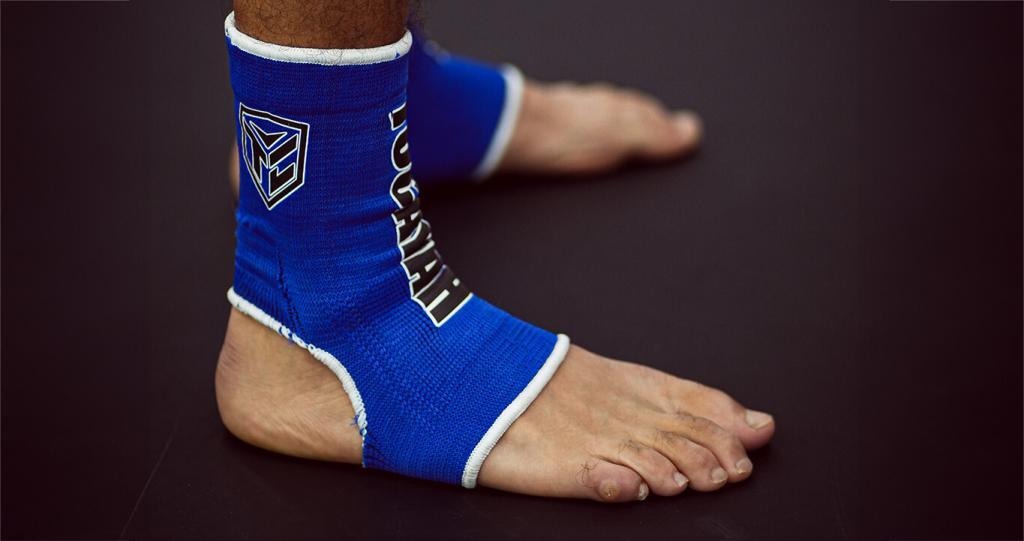In the dynamic and intricate sport of boxing, the importance of mastering footwork and movement cannot be overstated. Beyond mere physicality, these skills are the bedrock upon which successful boxers build their strategies, dictating their ability to both attack and defend effectively. This guide aims to delve deeply into the nuanced world of boxing moving drills, offering comprehensive insights and detailed explanations to aid aspiring boxers in their journey to mastery.

The foundation of boxing lies in its footwork. Stance adjustments, pivots, and shuffles may seem simple, but they form the cornerstone of a boxer’s ability to maintain balance, mobility, and advantageous positioning within the ring. By dissecting these fundamental movements and understanding their intricacies, fighters can cultivate a solid base upon which to build their entire repertoire of skills.
Agility and coordination are the secret weapons of any successful boxer, allowing them to evade incoming punches with grace and launch devastating counterattacks with precision. Agility drills, ladder drills, and cone drills serve as the building blocks for enhancing these crucial attributes, honing a fighter’s ability to move quickly, change direction fluidly, and react instantaneously to the ever-changing dynamics of a bout.
While offense may win fights, defense wins championships. Defensive drills are not just about avoiding punches but doing so with finesse and strategic prowess. Techniques such as slipping, bobbing and weaving, shoulder rolls, and parrying are not only about physical movement but also about reading an opponent’s intentions, anticipating their strikes, and reacting with lightning-fast reflexes to minimize damage while maintaining tactical advantage.
Counterattacking is the art of turning an opponent’s offense against them, transforming defensive maneuvers into devastating offensive strikes. Timing, precision, and anticipation are key, as fighters must seize the moment when their opponent is vulnerable and strike with calculated aggression. By drilling counterattack techniques rigorously, fighters learn to capitalize on openings and swiftly shift the momentum of a fight in their favor.
In boxing, movement is not just about going forward and backward but also about creating angles of attack that confound opponents and open up opportunities for offense. Circling and angling drills teach fighters how to move laterally around their opponents, creating openings for strikes while simultaneously avoiding incoming fire. Mastery of these techniques grants fighters unparalleled control over the flow and rhythm of a bout.
Fluidity in movement is essential for executing effective combinations in boxing. Combination drills seamlessly integrate footwork with punching sequences, emphasizing the importance of timing, rhythm, and adaptability in stringing together punches with precision and power. By mastering the art of combination punching, fighters become unpredictable and formidable adversaries in the ring.
Shadow boxing and bag work serve as the crucible in which a boxer’s skills are forged. These solo training exercises allow fighters to simulate fight scenarios, honing their movement, timing, and technique with relentless intensity and focus. Shadow boxing, in particular, enables fighters to visualize their opponents and practice their footwork and defensive maneuvers in a controlled environment, while bag work provides the opportunity to refine punching technique and power.
No boxer exists in isolation; training with partners is essential for developing timing, rhythm, and understanding of distance management. Mirror drills, pad work, and sparring drills allow fighters to simulate real-world scenarios, testing their skills against live opponents and sharpening their ability to read and react to their opponent’s movements. Partner drills not only improve technical proficiency but also cultivate strategic thinking and adaptability in the heat of battle.

Boxing is a diverse sport, encompassing a myriad of styles, each with its own unique footwork techniques and strategies. From the elusive peek-a-boo style to the long-range out-boxing style to the relentless pressure fighting style, our guide tailors footwork drills to suit the individual preferences and strategic inclinations of fighters, empowering them to adapt their footwork to any style and emerge victorious in any matchup.
Finally, mastery of boxing moving drills is not achieved overnight but through consistent practice and gradual progression. We urge readers to incorporate these drills into their training regimen regularly, focusing not just on repetition but on deliberate improvement over time. By dedicating themselves to the relentless pursuit of perfection, fighters can elevate their footwork and movement to the level of artistry, transforming themselves from mere athletes into true masters of the sweet science.
In conclusion, mastering the intricacies of footwork and movement is paramount for success in the dynamic sport of boxing. Throughout this guide, we’ve explored a comprehensive array of moving drills, each meticulously designed to enhance agility, coordination, defensive prowess, and offensive capabilities. From basic footwork drills to advanced combination techniques, from defensive maneuvers to counterattacking strategies, every aspect of a boxer’s movement repertoire has been dissected and explained in detail. By incorporating these drills into their training regimen with dedication and consistency, fighters can elevate their skills to new heights, gaining the ability to control the pace, dictate the rhythm, and outmaneuver opponents with finesse and precision. Whether adopting the elusive peek-a-boo style or the relentless pressure fighting approach, fighters can tailor their footwork to suit their individual strengths and strategies, ultimately emerging as formidable forces within the ring. Thus, let us embrace the ethos of progression and perseverance, understanding that mastery of footwork is not merely a means to an end but a journey towards excellence in the noble art of boxing.
more
informations
TOCAYAH © 2025 ALL RIGHTS RESERVED